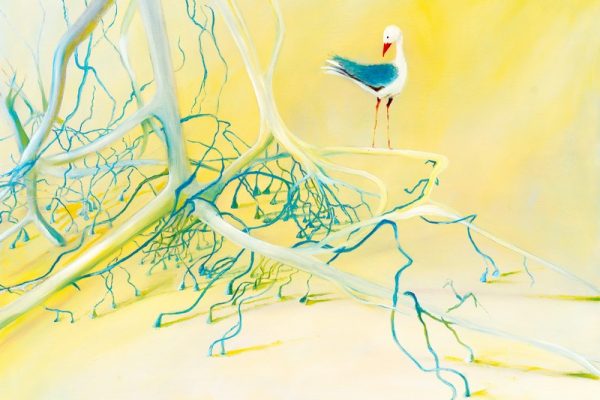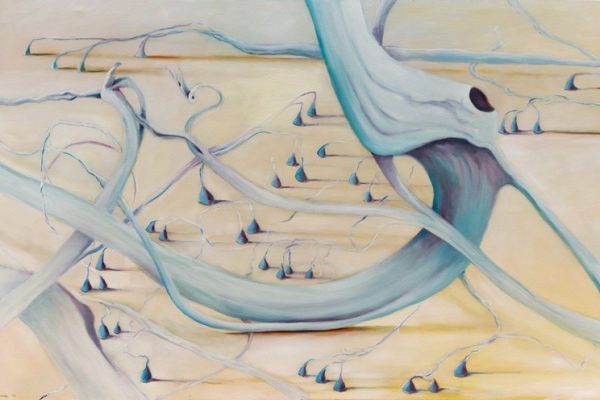Eliza Anne Fraser (c.1798-1858?), shipwreck victim and source of myth and legend, accompanied her husband, captain of the brig Stirling Castle, to Australia. On the night of 21 May 1836 the vessel hit a coral reef and foundered off the north-eastern coast of Australia.
Their leaking longboat reached the northern tip of Great Sandy Island—later to be renamed after Captain Fraser. Trading goods with local Aborigines for fish, the castaways repaired the boat. When six seamen defiantly took guns, however, and set off to walk south along the beach, the Frasers and four others were obliged to follow. Along the way Aborigines stripped the party of clothes, blankets and possessions. At the southern tip of the island a strait barred their way. The Aborigines divided the men among family groups to assist with hunting, fishing and gathering firewood. Aboriginal women cleansed Eliza’s sunburned body with sand, rubbed it with charcoal and grease and decorated it with colour and feathers. She was required to nurse their children, dig fern roots and rob bees’ nests, but was so inept and resentful that the women tormented her. She witnessed the death of her husband, after he was speared. His first mate also died and two seamen drowned attempting to swim the strait. Fed on scraps and taken by canoe to the mainland, but not permitted to contact the other castaways, Eliza felt herself a slave.


